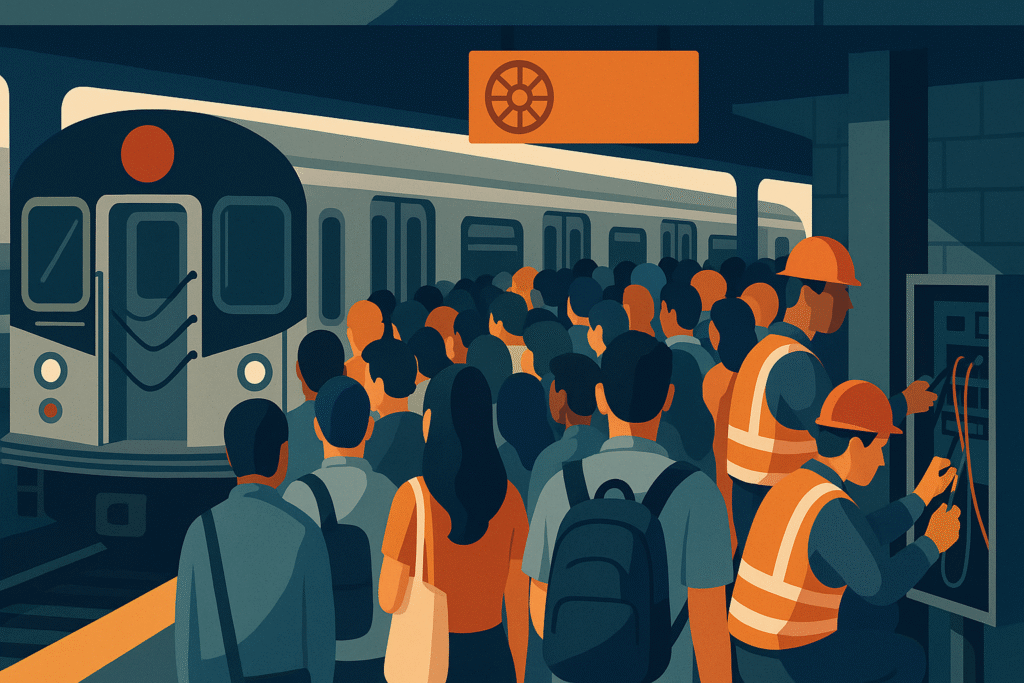Thousands of commuters faced significant disruptions on Monday morning after a signal malfunction on the 7 train caused extensive delays during peak rush hour, according to the Metropolitan Transportation Authority (MTA).
Cause of the Delays
The malfunction occurred near Grand Central–42nd Street station, one of the busiest hubs on the line, temporarily halting inbound service from Queens. The disruption led to severe overcrowding at key transfer points, with passengers waiting on congested platforms for extended periods.
Although service was eventually restored, trains operated at reduced frequency, resulting in packed cars and longer travel times for riders heading into Manhattan.
Commuter Impact
The 7 line, which connects Flushing, Queens to Hudson Yards, Manhattan, is among the city’s most heavily used subway routes. The breakdown stranded thousands of riders and forced many to turn to alternative options such as buses, taxis, and ride-sharing services.
“I stood at Queensboro Plaza for nearly 40 minutes before a train finally arrived,” said one commuter. “When I reached work, I was already over an hour late.”
MTA Response
MTA officials confirmed that repair crews were dispatched immediately to fix the faulty signal system. By late morning, regular service had resumed, though lingering delays were reported into the early afternoon.
“We recognize how vital the 7 line is for daily travel and sincerely apologize to our customers,” an MTA spokesperson said. “Our crews worked quickly to restore service, and we continue to prioritize signal reliability to prevent future breakdowns.”
Broader Context
The incident highlights broader concerns about the aging infrastructure of New York City’s subway system. Despite ongoing investment and multi-billion-dollar modernization projects, including upgrades to signaling technology, many improvements remain years away from completion.
Transit advocates have criticized the slow pace of progress, arguing that breakdowns such as Monday’s underscore the urgent need for a faster overhaul.
Looking Forward
City officials have encouraged riders to subscribe to MTA service alerts for real-time updates on disruptions. Meanwhile, pressure is growing on transit authorities to accelerate infrastructure upgrades to ensure greater reliability across the subway network.


